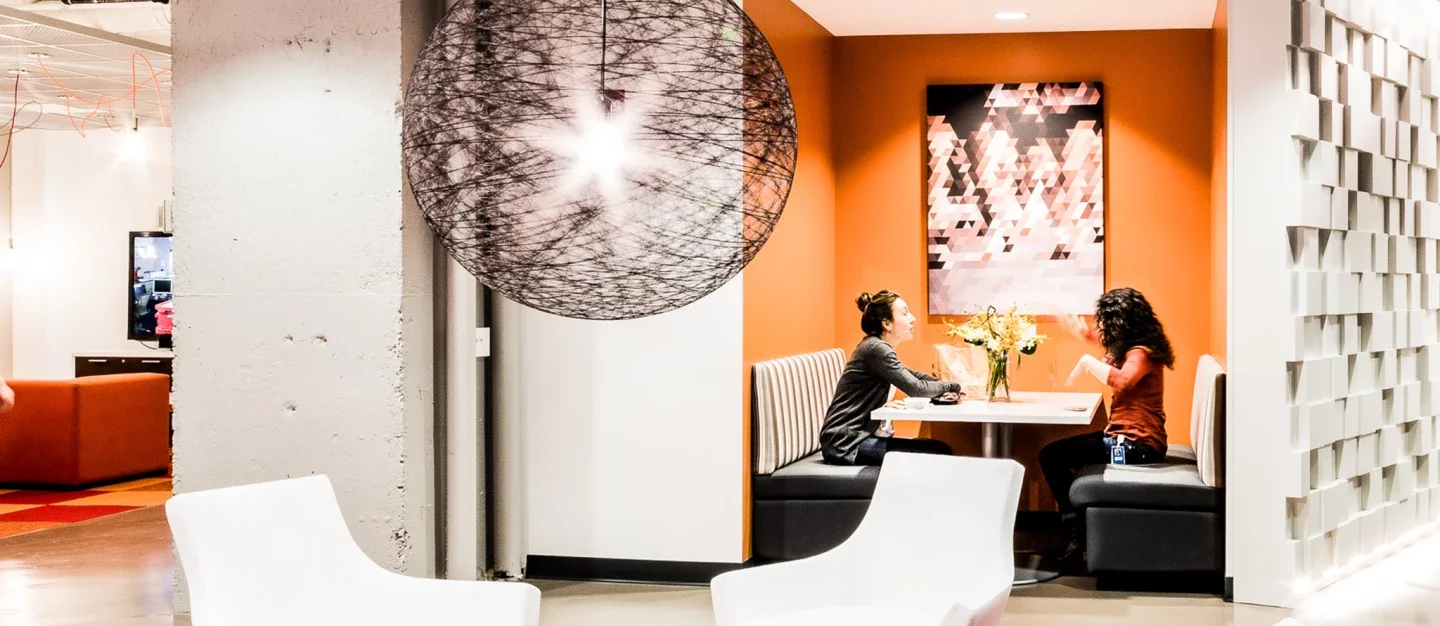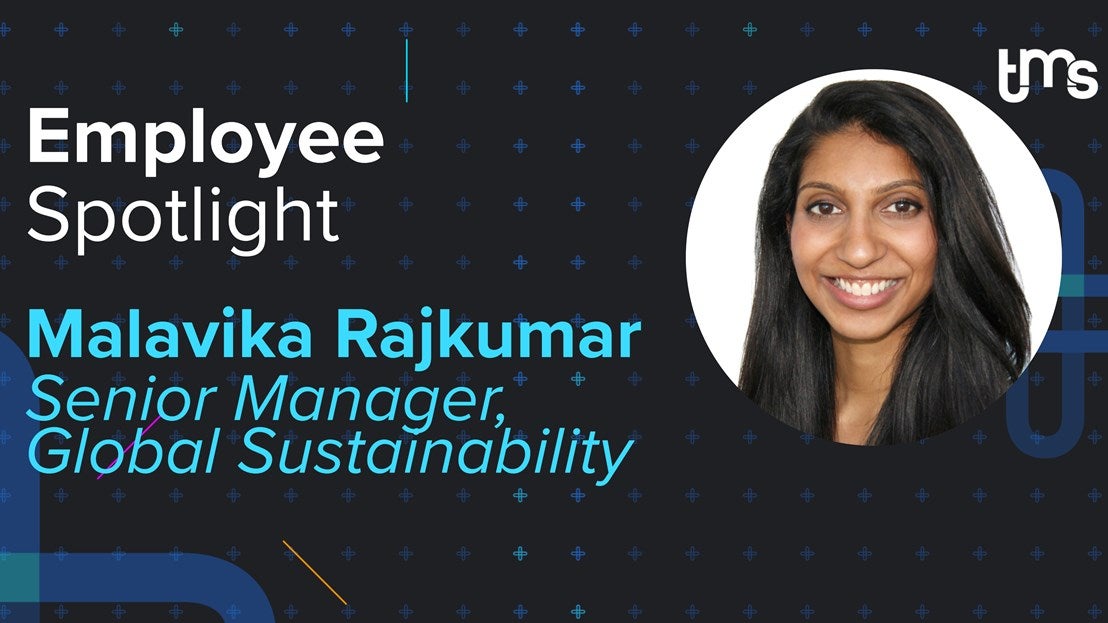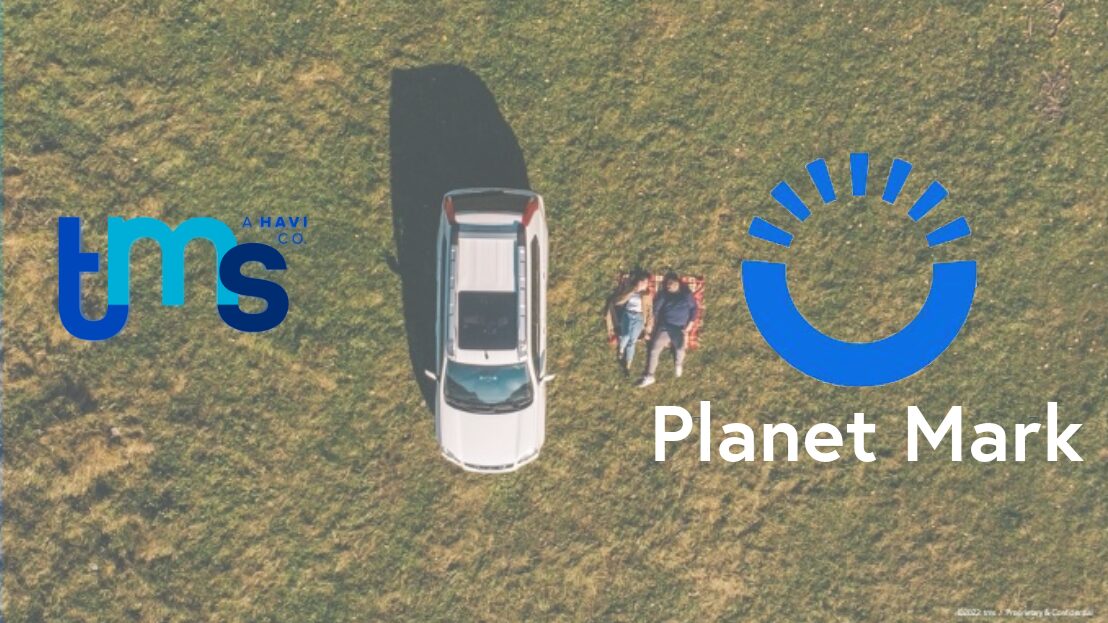tms’s mission to make accessible experiences for 100M+ daily users


Originally published in Built In here.
“No one should feel left out of the fun of a game or sweepstakes because they have a disability.”
Senior Front-End Developer James Gambrell said this philosophy underlies tms’s (formerly The Marketing Store’s) approach to how it builds customer engagement solutions, like McDonald’s long-standing Monopoly game. Overall, the customer engagement agency’s projects — which include contests, games and sweepstakes, loyalty programs, web pages and retail experiences for brands like McDonald’s — are engaged by more than 110 million consumers each day, so accessibility is more than just a buzzword.
To keep employees informed on the latest accessibility news and best practices, Gambrell said tms (formerly The Marketing Store) has partnerships with multiple experienced accessibility consultants. In an interview with Built In Chicago, Gambrell shared how his team is building accessible digital experiences for web and mobile apps, his experiences on past accessibility projects and the insights his team’s derived from using multiple screen readers in various configurations.
However, his team’s work isn’t done in a silo. The senior developer said teams across the business work together to incorporate their expertise into accessible products for everyone to enjoy.
“It is essential that all teams effectively collaborate because each has unique responsibilities in delivering a holistically accessible UX,” Gambrell said. “Bringing our initiatives to fruition depends on other teams’ work.”
What does accessibility mean to tms (formerly The Marketing Store)?
Equity. We want everyone, regardless of their ability, to be able to share in the “same” experience as everyone else. No one should feel left out of the fun of a game or sweepstakes because they have a disability.
What are some of the most significant learnings your team has gleaned from building accessible web and mobile applications?
We learned how to manage creative desires while still delivering an accessible web experience. Just because an app is accessible doesn’t mean it has to be boring, basic or uninspired. Additionally, it was great to learn how much even marginal accessibility changes can improve the overall experience for users with disabilities.
What are some things devs must keep in mind when building apps that will be used by both users with disabilities and users without disabilities?
Devs need to be mindful that a user could interface with a web or mobile app and never use a mouse to click during the experience. So the app’s page navigation, interaction and corresponding analytic triggers need to take that fact into account.
Also, it’s important not to be afraid to challenge the design if it creates an accessibility implementation concern. Devs should be seen as allies to the creative process and should help inform creatives when the aesthetics compromise the functionality of an app for accessible users. Whenever possible, devs should try to present viable solutions that can honor the design desires or intentions while still being accessible and easier to implement and maintain.
What are some of the most impactful tech tools used in that project?
Apps like Page Tester, WAVE and axe are great at providing a sound assessment of where accessibility efforts could be improved in an app. Using screen readers, such as VoiceOver and JAWS in different configurations, is also important because they all have different idiosyncrasies. Using them all illuminates potential changes that could be made across the board to ensure a more equitable user experience.
We also employ accessibility-based continuous integration tools to check for and fix accessibility issues in our component library before using launching them in apps, which has been hugely impactful.
What’s an accessibility-driven project your team is working on now? What is its intended impact?
We recently developed a series of web experiences for one of our largest client’s mobile app, where millions of families scanned special game pieces found on packaging that allowed them the chance to win prizes and unlock rewards. It presented a lot of unique hurdles. There are multiple accessibility pitfalls we can encounter during each interaction because of the many devices users could be interfacing with. Our team has been working to anticipate and solve for those instances as much as possible to make sure that what we’re producing is truly accessible to all.
Trending



